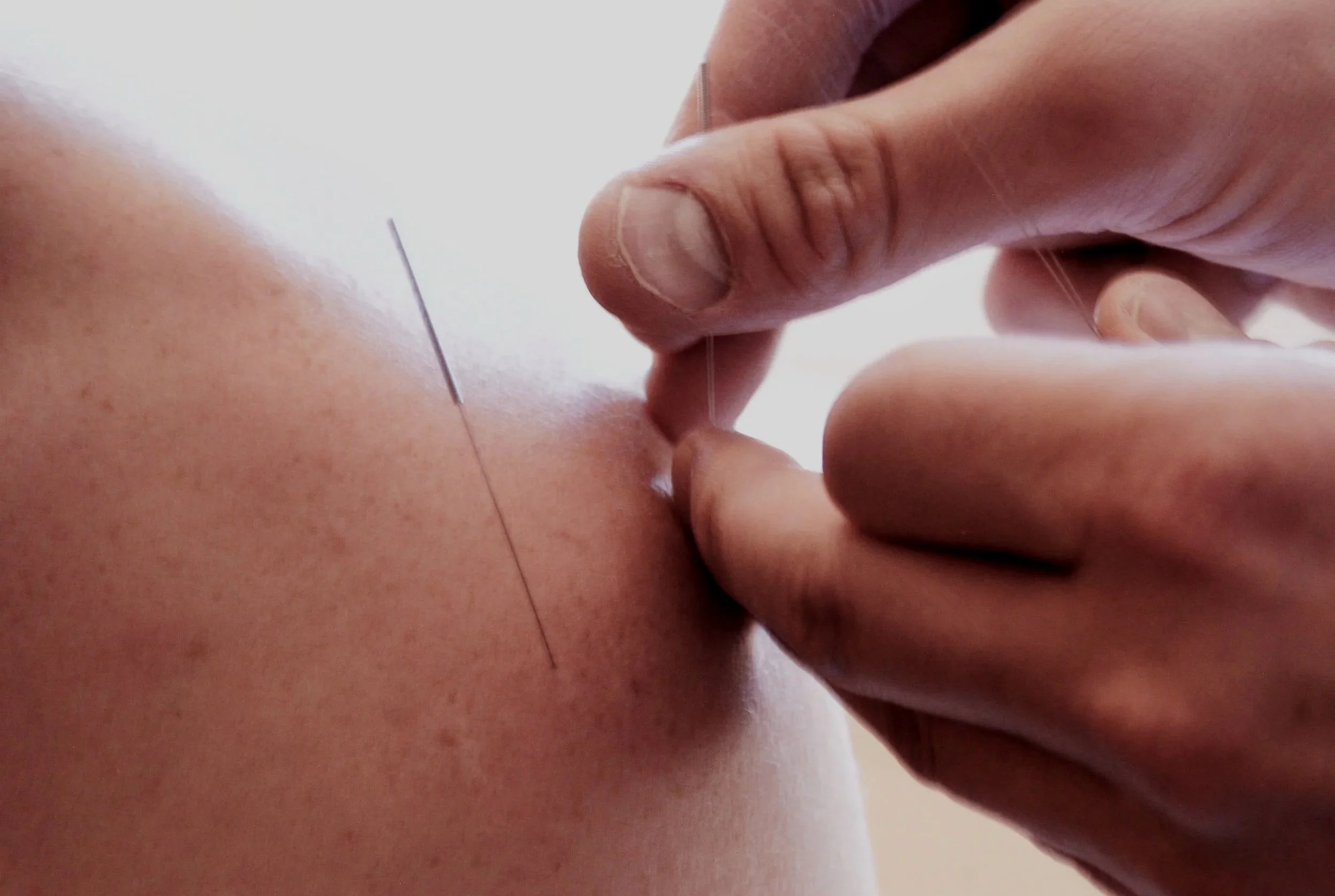
DRY NEEDLING
Do we do dry needling at Backupuncture of Denver?
Yes!
Dry needling is in our scope of practice as acupuncturists in Colorado without any additional training. I have done additional training in “dry needling,” orthopedic acupuncture, and Sports Medicine Acupuncture, which all share in common the techniques of using of the larger gauge needles with strong stimulation the intent of deactivating myofascial trigger points. The main difference is that dry needling classes are geared toward non-acupuncturists, and don’t include other techniques that consider the health of the whole body or non-local points that can enhance pain effects or be less intense than local points.
For additional information, you can read my blog on dry needling here.
There have been over 14,000 clinical trials of acupuncture, according to the Cochrane Review (in comparison, there have been 12,000+ for physical therapy and 1000+ for chiropractic). To look up research easily, here is a link to the NIH PubMed database of clinical trials and metanalyses.
Licensed Acupuncturists (L.Ac.) in Colorado are required to have either a Master's Degree or a Doctorate in acupuncture and/or oriental medicine, and have a minimum of 2500 hours of post-graduate training.






